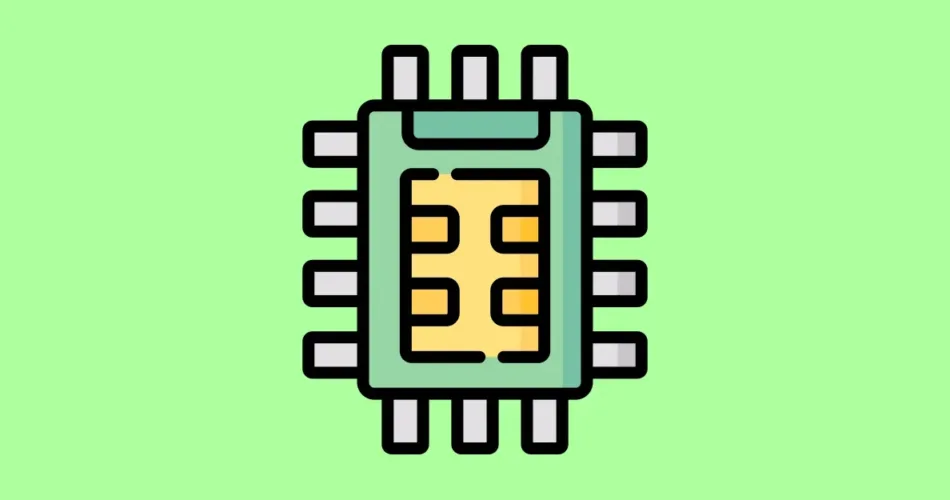In the realm of software development, the power of C++ extends beyond traditional computing devices. Embedded systems, driven by microcontrollers, lie at the heart of various applications, from smart appliances to medical devices. This comprehensive guide dives into the world of C++ for microcontrollers, showcasing its capabilities, applications, and real-world examples.
A Glimpse into the Embedded World
Embedded systems form the backbone of numerous devices we encounter daily. These systems, often powered by microcontrollers, are designed to perform specific tasks efficiently and reliably. C++, with its rich feature set and versatility, proves to be an invaluable tool for crafting software solutions in the embedded domain.
Embracing the Challenges of Embedded Development
Developing software for microcontrollers presents unique challenges, such as limited resources, real-time constraints, and stringent power requirements. When wielded skillfully, C++ can address these challenges while enabling developers to create robust and feature-rich embedded applications.
C++ Features Tailored for Microcontrollers
C++ offers a wide range of features that are well-suited for the demands of embedded development. These features include:
- Efficient Memory Management: C++ provides fine-grained control over memory usage, allowing developers to optimize resource consumption in memory-constrained environments.
- Object-Oriented Design: Object-oriented principles facilitate modular and maintainable code, which is essential for long-lived embedded systems.
- Template Metaprogramming: Templates enable compile-time optimizations, reducing runtime overhead and contributing to efficient code execution.
- Standard Libraries: The C++ Standard Library offers a wealth of data structures, algorithms, and utilities that simplify development and minimize reinventing the wheel.
Setting Up Your Embedded Development Environment
Before delving into C++ for microcontrollers, it’s crucial to establish a suitable development environment. This involves selecting the right toolchain, configuring build options, and setting up the necessary hardware connections. Let’s walk through this setup process step by step, with practical examples for popular microcontroller platforms.
Real-World Examples
To illustrate the potential of C++ in the embedded realm, let’s consider a few real-world examples:
Example 1: Smart Home Controller
Imagine developing a smart home controller that manages lighting, temperature, and security systems. Using C++, you can create an efficient and responsive application that interfaces with sensors, processes user input, and communicates with other smart devices.
// Example: Implementing a smart home controller with C++ for microcontrollers
#include <iostream>
#include <sensors.h>
#include <actuators.h>
int main() {
initializeSensors();
initializeActuators();
while (true) {
processSensorData();
updateActuators();
}
return 0;
}
Example 2: Medical Device Monitoring
In the medical field, precision and reliability are paramount. C++ enables the development of sophisticated medical devices that monitor vital signs, deliver treatments, and transmit data securely.
// Example: Developing a medical device using C++ for microcontrollers
#include <iostream>
#include <sensors.h>
#include <treatments.h>
#include <communication.h>
int main() {
initializeSensors();
initializeCommunication();
while (true) {
if (isEmergency()) {
administerTreatment();
alertMedicalStaff();
}
sendDataToServer();
}
return 0;
}
Optimizing for Efficiency
Efficiency is a cornerstone of embedded development. Explore techniques such as code optimization, power management, and low-level hardware access to ensure your C++ applications run seamlessly on resource-constrained microcontrollers.
Embracing Real-Time Constraints
Many embedded systems operate in real-time environments, requiring precise timing and responsiveness. Discover how C++ can be used to meet real-time constraints, ensuring timely and accurate execution of critical tasks.
Looking Ahead: The Future of C++ in Embedded Systems
As microcontroller technology continues to evolve, so does the role of C++ in embedded systems. Stay updated on emerging trends, such as the integration of machine learning algorithms and the adoption of standardized APIs, and learn how these advancements are shaping the landscape of embedded development.
Conclusion
By embracing C++ for microcontrollers, you unlock the potential to create innovative and impactful embedded applications. Whether you’re designing smart devices, medical instruments, or industrial control systems, C++ equips you with the tools to conquer the challenges of the embedded world. As you embark on your journey into C++ for microcontrollers, watch as your code springs to life, powering a new generation of intelligent and interconnected devices that shape the future of technology.
Subscribe to our email newsletter to get the latest posts delivered right to your email.


Comments